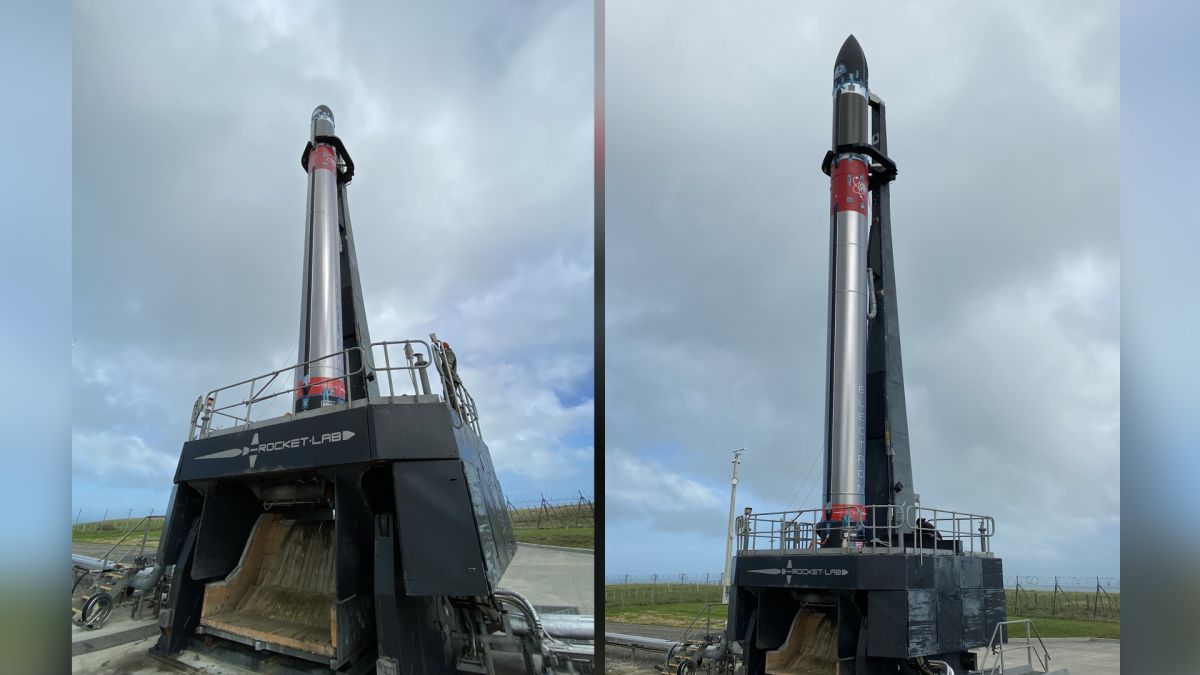Why doesn’t Earth have Trojan asteroids of its own? Large impacts in the early years of the solar system may be to blame. The post Where Did Earth’s Trojans Go? Ask the Moon appeared first on Sky & Telescope.
Read MoreMonth: May 2022
NASA’s EMIT Will Map Tiny Dust Particles to Study Big Climate Impacts
To help researchers model climate effects, the Earth Surface Mineral Dust Source Investigation mission will measure the composition of minerals that become airborne dust.
Read MoreMisty Snopkowski: Working to Make Commercial Space a Reality
Misty Snopkowski is NASA’s program executive for the Commercial Low-Earth Orbit (LEO) Development program.
Read MoreRocket Lab delays Electron booster launch and recovery test to Monday
Rocket Lab has postponed the launch of an Electron booster it hopes to snatch out of the sky with a helicopter after liftoff to no earlier than Monday (May 2) due to weather. Unfavorable weather conditions are the primary reason for the launch delay, Rocket Lab officials said in an update, but the company is taking the time to make final checks on its recovery system for the Electron rocket reusability test. “After a busy week of capture testing, and while we wait for weather to improve, we’re taking an…
Read MoreThe Eta Aquarids: A spring meteor shower from Comet Halley
The Eta Aquarid meteor shower is an annual meteor shower that occurs each May in the night sky. It is one of two annual showers caused by pieces of Halley’s Comet. The other one is the Orionid meteor shower, which flies by in October. The Eta Aquarids are named after their apparent “radiant” point in the constellation Aquarius, near one of its brightest stars, Eta Aquarii. The shower is active between late April to mid-May, and peaks in early May. This year the shower is predicted to peak in the…
Read MoreEta Aquarid meteor shower 2022: When, where and how to see it
Although the Perseid meteor shower in August may draw the most attention, the Eta Aquarid meteor shower, which occurs from roughly late April to mid-May, offers a long stretch of spectacular “shooting stars” that even a casual observer can spot in the night sky. The peak of the Eta Aquarid meteor shower, when the most meteors are visible, should happen before dawn on May 5, according to Bill Cooke, who leads NASA’s Meteoroid Environment Office. That means you’ll need to schedule your stargazing time overnight on May 4 and May 5.…
Read MoreMay: An Eclipse, Planets & More
Download this month’s Sky Tour podcast to find which planets are visible in the morning and evening skies, along expert tips for how to view the total lunar eclipse on May 15–16. The post May: An Eclipse, Planets & More appeared first on Sky & Telescope.
Read More